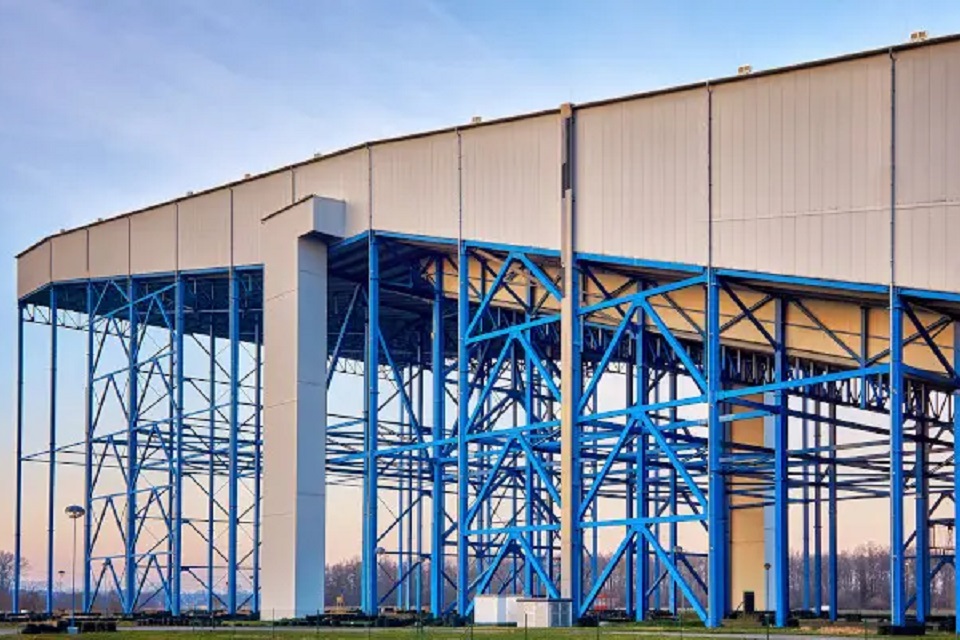Adding a metal building to your property requires careful planning. Before beginning your project, check with the homeowners association to understand their rules and any zoning restrictions. Once you have a wish list, consult a metal building manufacturer’s engineering staff to bring your plans to life. The engineers will create a customized design that meets your area’s codes, structure requirements, and load ratings.
Table of Contents
Structural Integrity
The structural integrity of a building or asset refers to the ability of it to resist stresses and pressure that could cause it to deform or break. Engineers use this concept in their design process to ensure the result is a structure that will function for its intended lifespan. Many issues that affect structural integrity are difficult to identify for those who don’t have extensive experience in inspecting structures. They may also be harder to pinpoint if the inspector is unfamiliar with the specific operating conditions in which the structure is used. Commercial metal buildings are also less prone to issues like fire, flooding, and pest infestations which can be costly for business owners. This means you’ll likely pay lower insurance premiums which can also cut overhead costs.
Energy Efficiency
The color of your commercial metal building may seem minor, but it has significant implications. It can impact your building’s visibility, heat absorption, and cost. Energy efficiency is crucial for your metal building, especially in areas with extreme weather. Metal buildings keep more relaxed and warmer faster than other buildings, cutting down on energy costs throughout the year. By using top-of-the-line insulation to help ensure that your metal building is highly energy efficient, you won’t be surprised by a skyrocketing electric bill in the summer! The insulated panels are also designed to reflect the sun’s heat, keeping your building cool without burning utility bills.
Durability
Durability is an essential feature to consider when choosing a commercial metal building. The strength of steel structures in steel building construction makes them resilient against elements, pests, and hazards. They also offer fire resistance and can withstand a variety of weather patterns. They can be customized with various accessories, including insulation, skylights, vents, and gutters. Steel buildings also have a long lifespan and are designed to withstand extreme pressures, such as hurricanes or earthquakes. This durability makes them an excellent choice for areas prone to natural disasters. Additionally, their structural integrity allows them to flex under pressure, which prevents sudden breaks or cracks that may occur with other construction materials. This is especially important if you plan to expand your commercial space.
Cost-Effectiveness
Compared to traditional construction materials, metal buildings are less expensive to build. This can result in significant savings for your company or organization. Metal buildings are also a more affordable option to heat and cool. This is because they offer superior insulation to help keep energy costs low. Finally, you can save money on maintenance. Because steel framing does not rot, crack or twist over time, you can avoid costly structural repairs often associated with other building materials.
Furthermore, you can save on termite treatment and other preventative pest control measures. This is because metal is naturally pest-resistant and does not require regular pesticide treatments. The cost-effectiveness of metal buildings can also be enhanced with various accessories, such as doors, skylights, vents, insulation, and gutters.
Flexibility
The ability to adjust the size of your commercial steel building is one of the most appealing features. This flexibility makes it a practical choice for warehouses, retail, production, manufacturing facilities, and specific ventures such as breweries. A standard metal building has many accessories to help you customize the interior space to meet your business needs. Options include doors, windows, skylights, insulation, ventilation, and gutters. Since the components of pre-engineered metal buildings are fabricated beforehand, assembling and installing them takes less labor. This can save you money on construction costs, which is beneficial if you work with a tight budget. Additionally, you can move into your new commercial steel building faster.



